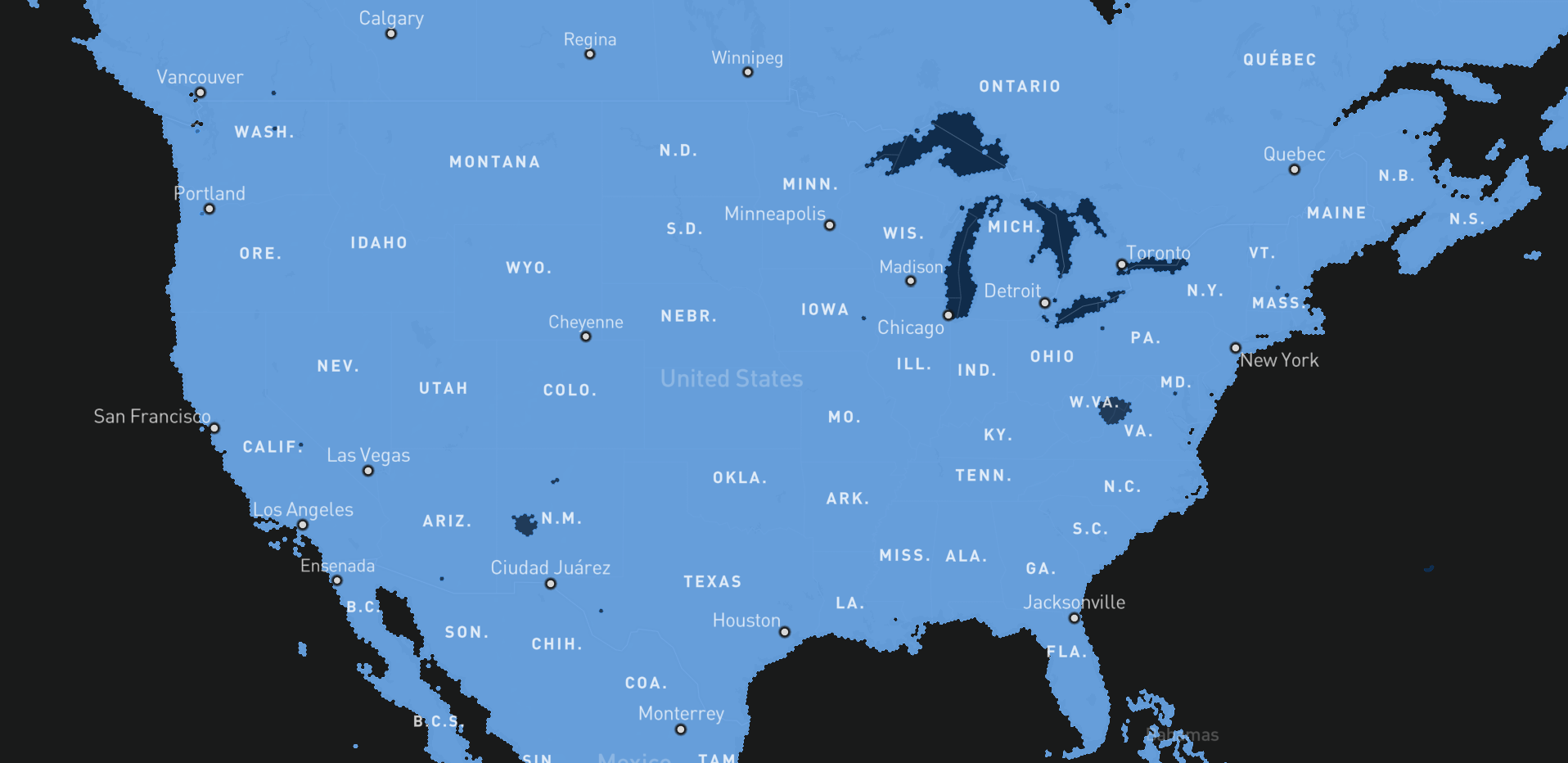Starlink internet plans and pricing
Starlink is an internet service provider that created a constellation of low-orbit satellites to provide two-way, satellite-based high-speed internet to previously unserviceable areas.
-
Starlink has one residential plan option at
$120/mo.
*Pricing per month plus taxes for length of contract. Additional fees and terms may apply. Pricing varies by location and availability. $120 price point is sample of pricing in West Virginia. All prices subject to change at any time. May or may not be available based on service address. Speeds may vary. As of 02/27/24.

-
Featured
![What is Starlink? Everything you need to know about Elon Musk’s internet service]() What is Starlink? Everything you need to know about Elon Musk’s internet service Ari Howard — 4 min read
What is Starlink? Everything you need to know about Elon Musk’s internet service Ari Howard — 4 min read -
Featured
![FCC 5G spectrum auction results]() FCC 5G spectrum auction results Joshua Cox-Steib — 3 min read
FCC 5G spectrum auction results Joshua Cox-Steib — 3 min read -
Featured
![Can low Earth orbit satellites bring faster internet to you? Here’s the latest!]() Can low Earth orbit satellites bring faster internet to you? Here’s the latest! David Anders — 4 min read
Can low Earth orbit satellites bring faster internet to you? Here’s the latest! David Anders — 4 min read
Latest
-
Thursday, July 25, 2024
Worried about losing your signal? This is how to keep your satellite dish cleanDavid Anders — 6 min read
-
Tuesday, July 23, 2024
The best free TV and movie streaming services 2024Camryn Smith — 5 min read
-
Tuesday, July 23, 2024
Everything you need to know about internet speedsRobin Layton — 8 min read

Subscribe to our weekly newsletter for internet news and promos
By subscribing, you agree to receive Allconnect newsletter and promotional emails. Your privacy is important to us.






